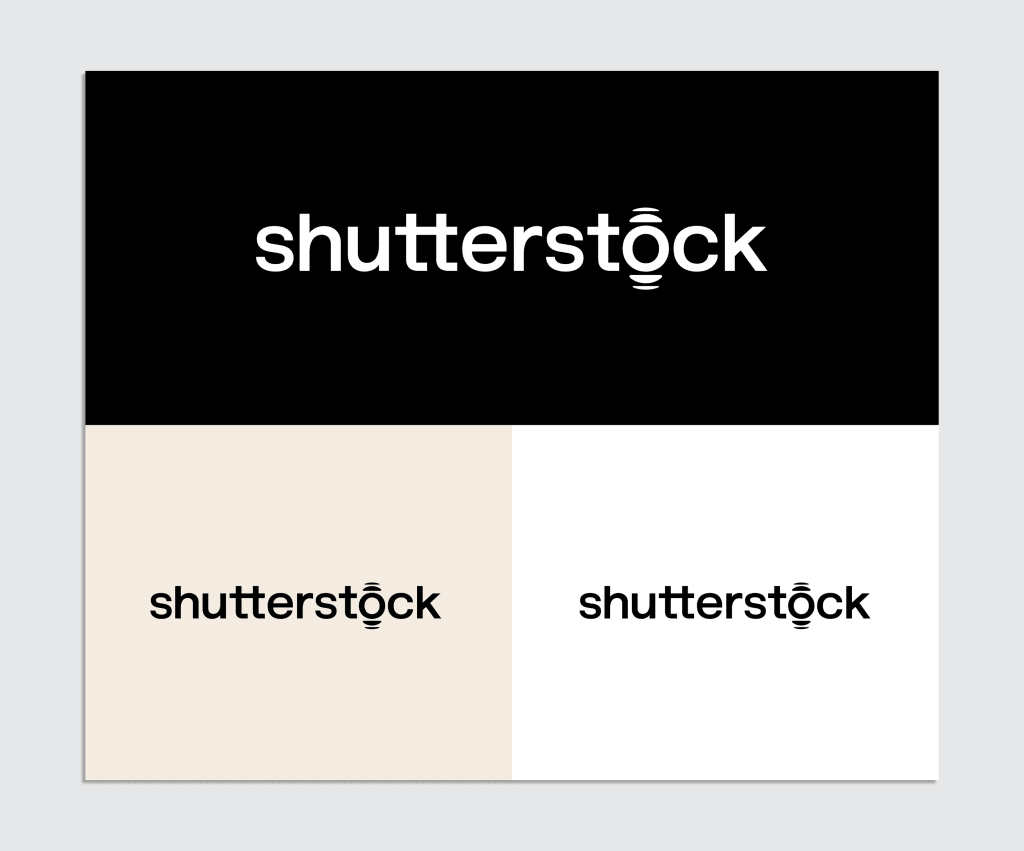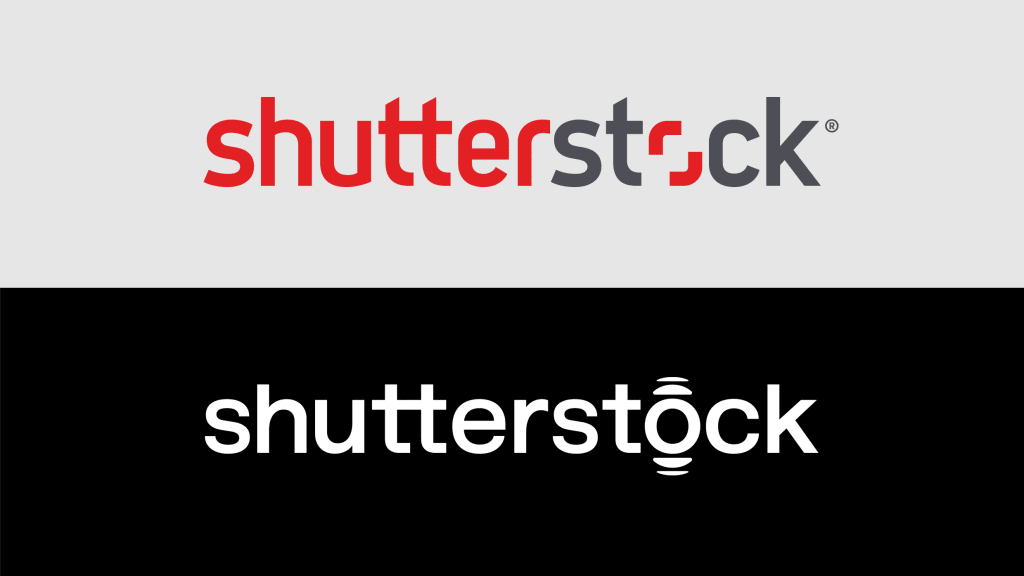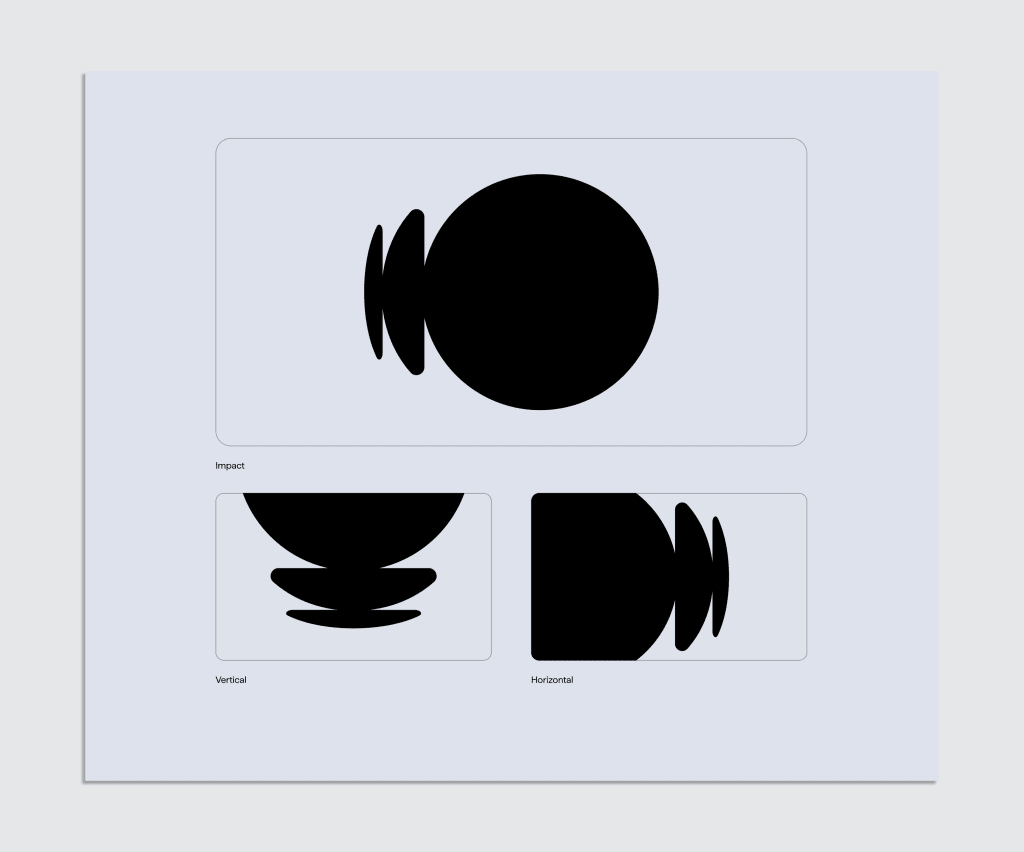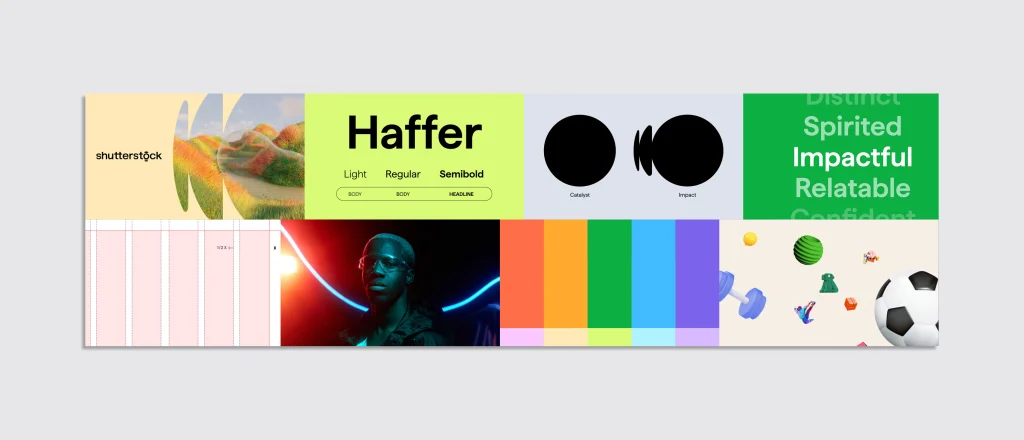In case you ask the typical American what Shutterstock is, they’ll in all probability inform you it’s an organization that collects inventory photographs. And again in 2003, when the model was created, they’d have been proper. However now, greater than 20 years later, Shutterstock is making an attempt to rework right into a inventive firm that may additionally produce ads, generate AI content material, and prepare massive language fashions. To clue within the public on this variation, it simply bought a smooth new look.
This week, Shutterstock rolled out a rebrand that features a new brand, up to date typography, a brighter coloration palette, and a modernized web site. The look is clear and streamlined—every little thing you would possibly anticipate from a modern inventive firm. It takes Shutterstock from a visible id that was paying homage to the 2010s to at least one that displays the corporate’s rising ambitions.
Over the previous a number of years, Shutterstock has expanded its inventory library to embody video and audio. It opened its personal manufacturing arm referred to as Shutterstock Studios that’s created advertisements for La Roche-Posay, Lenovo, and Carhartt. And extra not too long ago, it has gone all-in on generative AI.
To that final level, Shutterstock has licensed its picture and video datasets to tech corporations including Open AI, Meta, Google, and Amazon to assist them prepare LLMs. According to Bloomberg, Shutterstock made $104 million in AI licensing offers in 2023 alone. The corporate also collaborated with Databricks in 2024 to make its personal user-facing text-to-image mannequin, skilled particularly to keep away from copyright infringement.
To this point, these strikes look like boosting Shutterstock’s enterprise: In February, the corporate reported that full-year 2024 revenue was up 7%, to $935.3 million, in comparison with $874.6 million in 2023. Now, as Shutterstock leans into content material creation and GenAI, it’s giving its branding a makeover to match.

Rebranding from 2010s to “enterprise refined”
In response to Allison Sitzman, Shutterstock’s VP of name technique, the corporate conceptualized this rebrand as a form of “reintroduction” to the general public.
“I believe our rebrand is admittedly meant to introduce Shutterstock for who we’re, which isn’t only a inventive content material supplier, however actually a full-scale inventive associate,” Sitzman says.
That course of began with rethinking the corporate’s brand and wordmark, which previously featured a sans-serif font with a stylized “o” designed to imitate a digital camera’s viewfinder. The idea made sense when it was first launched in 2012, however grew to become a bit dated each by way of visible presentation and what it implied concerning the firm’s core choices, which have since grow to be a lot broader.

With the rebrand, the wordmark font has been up to date to a wider, rounder sort referred to as Haffer, which can also be utilized in varied weights all through the branding. As a substitute of the previous viewfinder, the “o” now contains a form of radiating ripple impact, which Sitzman says represents Shutterstock’s widening impression.

Additionally on the chopping block was the model’s former coloration palette, which centered an intense pink together with black-and-white accents. Now Shutterstock is popping to a core palette of impartial tones, accented by pops of pink, orange, inexperienced, blue, and purple. Per the model’s up to date visible tips, these hues have been impressed by on a regular basis workplace instruments, “like highlighters, file folders, and sticky notes.” In all, Sitzman characterizes the model’s transformation as an id that’s “extra enterprise refined.”

Doubling down on generative AI
Alongside the rebrand, Shutterstock is reinforcing its dedication to GenAI with a brand new “Generative AI Professional” tier constructed for companies. In response to a press release, Generative AI Professional permits customers to enter a textual content immediate and generate 4K visuals utilizing “a multi-model system made up of each Shutterstock’s personal fashions (in-built collaboration with Databricks) and trusted third-party fashions from suppliers like Open AI, Amazon, and Google.” Basically, Shutterstock’s personal AI-powered mannequin recommender takes the written immediate and chooses which LLM to feed it to for “extra related, higher-quality outcomes.”
To Sitzman, new AI options like these are a part of the corporate’s bigger plan to “take away any friction attainable” from corporations’ inventive processes.
“GenAI will not be coming; it’s right here,” Sitzman says. “I believe we do ourselves a disservice, our groups a disservice, and our clients a disservice if we ignore that. At Shutterstock, our method has at all times been: That is rising territory. How can we method it, simply doing the most effective that we are able to to attempt to handle the wants of our clients and . . . creators?”


